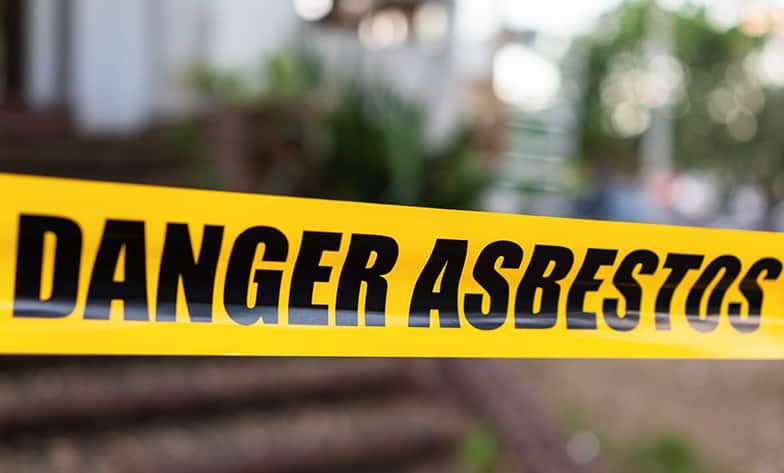Asbestos is a mineral which naturally occurs in rock, soil and sediment. The fibres generally are heat resistant, have insulating properties, are very light and are not visible to the human eye.
Asbestos becomes a health risk when its fibres become airborne and are breathed in. The risk increases with the number of fibres inhaled. Asbestos exposure can lead to serious diseases that develop over decades such as Asbestosis, Lung cancer, Pleural disorders and Mesothelioma.
Even though Asbestos mining and importation have been banned in Australia, it is still found in fibro, pipes, flue, drains, roofs, gutters, brakes, gaskets and clutches products manufactured prior to this ban.
The key industries that Asbestos is known to affect are:
- Construction and Demolition
- Telecommunications
- Utilities such as Water and Electricity
- Plumbing
- Mechanical Services
There are three typical cases that may present to Injurynet:
-
1Organisational Awareness of potential ExposureWhen an organisation has been alerted that a worker may have been exposed to Asbestos. In this case Health Monitoring may be required.
-
2Incident ExposureWhen an unexpected exposure incident occurs. A (the first episode of Health Monitoring) may be recommended.
-
3Worker DiagnosisWhen a worker has been diagnosed with a condition (such as Asbestosis) case management by an occupational doctor may be helpful.
In the majority of cases our process includes the following:
Injurynet offers an end to end health monitoring service for the medical management of Asbestos. This end to end of Asbestos. This end to end
medical management service includes a tailored approach to managing the potential health effects of Asbestos following a potential exposure or incident, as well as supporting an employee who has been diagnosed with an Asbestos-related condition.
-
1Design of the ProgramUsing a risk-based approach.
-
2EducationOf all stakeholders.
-
3Implementation of the ProgramCoordination of testing at our network of clinics including an examination by a doctor, chest x-ray (to ILO standard) and spirometry. Testing (other than x-rays) can also be provided onsite.
-
4Ongoing MonitoringOur in house occupational doctor review all of the information from the testing, compare results with previous findings and determine if any follow up is required. Employers and employees are kept updated on the health monitoring, its outcomes and the next steps throughout the process.







